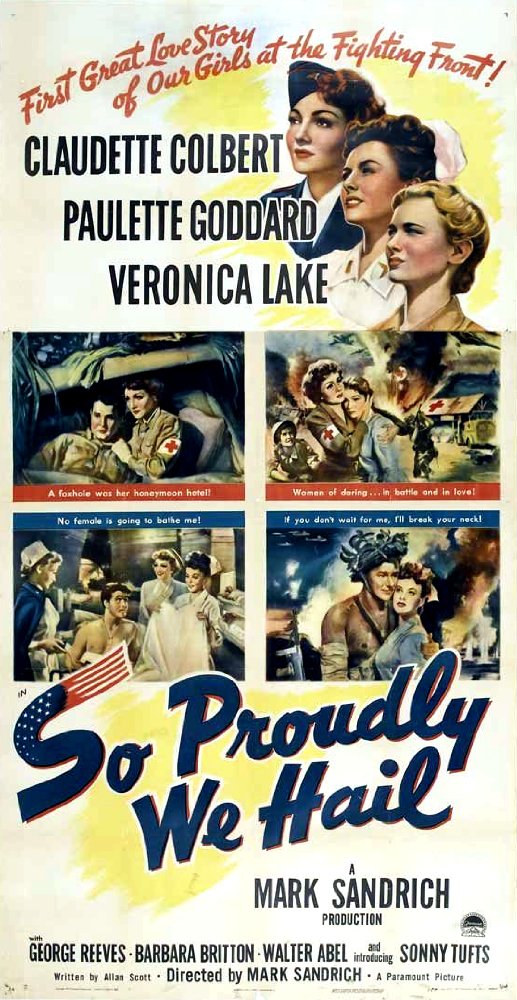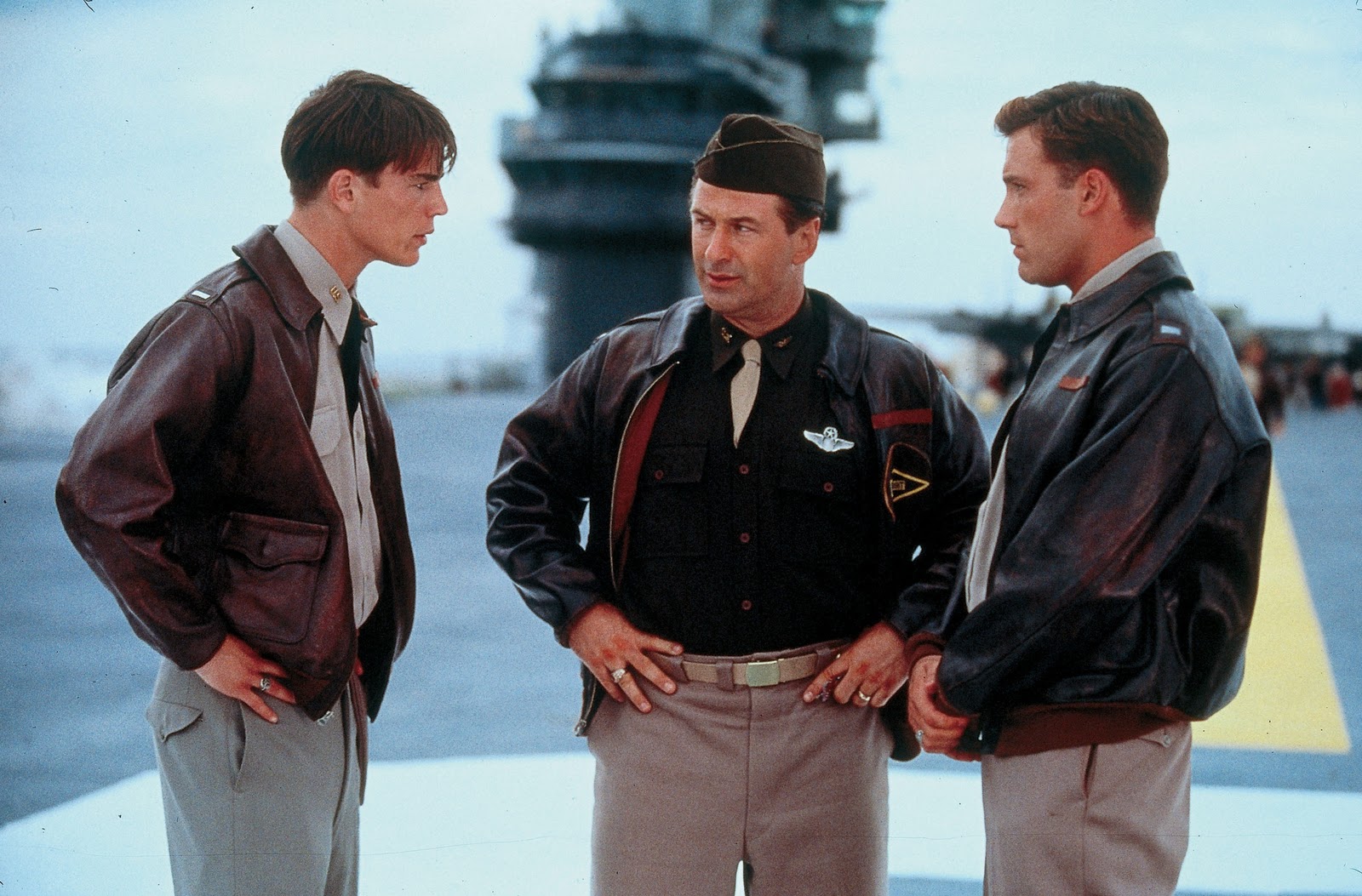Lora Vogt’s professional Google alerts don’t usually send her movie news. She’s the curator of education at the National World War I Museum and Memorial in Kansas City, Missouri; American-made movies about her field are thin on the ground. You can imagine her surprise, then, when, in 2015, a headline about the long-awaited Wonder Woman film landed in her inbox—the movie would take place during the Great War, she learned.
At last, Vogt jokes, she felt that she was on the forefront of a cultural moment. And the movie couldn’t have been released at a more appropriate time: The June 2nd premiere of Wonder Woman nearly coincided with the centenary of the United States’ entry into the conflict in April of 1917. “There’s a lot about 2017 that’s really similar to society in 1917,” Vogt says. “It would be wonderful if we could learn some of those lessons in that 100-year time span.”
In fact, Wonder Woman screenwriter Allan Heinberg has said that the film’s historical period was chosen in large part because it might resonate with viewers today. Wonder Woman battles evil during World War II in the original comics; but “we are in a very World War I world today with nationalism and how it would take very little to start a global conflict,” Heinberg told Entertainment Weekly, to justify the time shift. The “culture shock” of mechanized warfare, producer Charles Roven said in the same story, might additionally seem familiar to viewers living in a time of drone warfare and “the Mother of All Bombs.” Given Wonder Woman‘s box office success and 92 percent Rotten Tomatoes rating, those parallels appear to be resonating with audiences and critics.
And yet, Wonder Woman is something of an anomaly at the box office: Hollywood rarely supplies Great War stories. Of the top 25 highest-grossing films from 2011 to 2016, just 14 percent were set during a clearly defined historical period, according to data from the Motion Pictures Association of America. Of those, two (The King’s Speech and Captain America: The First Avenger) were set during WWII; none were set during WWI.
Period war films remain prestige projects in Hollywood, and they still see fairly regular releases. But so far in the 2010s, several WWII-set films including Hacksaw Ridge (2016), The Imitation Game (2014), and The Book Thief (2013) have been nominated for Academy Awards, while Stephen Spielberg’s War Horse (2011) was the only nominee to take place during the Great War. WWI’s share of acclaimed films most often come from outside the U.S.—think of Australia’s Gallipoli (1981), the United Kingdom’s Regeneration (1997), or the 2016 French-German release Frantz. Iconic American contributions to the genre, such as Lawrence of Arabia (1962) or All Quiet on the Western Front (1930, 1979), tend to be older.
So why is the Great War missing from the American movie theaters? The void stems in part from how the U.S. preserved the war in contemporaneous media. But a greater part, perhaps, has to do with how the conflict reflects on the U.S. as a nation.

Though WWI has plenty of dramatic potential, it also presents several potential roadblocks for moviemakers. The war took place 100 years ago, almost outside of living memory. The U.S. wasn’t committed from the outset—we only joined the fighting for its final 19 months—and history shows that Hollywood largely delivers American perspectives on American-fought wars. Let’s not forget that it wasn’t a glorious struggle: Desperate and muddy trench warfare has little glamor compared to Civil War cavalry charges, or Revolutionary War spycraft. The so-called “War to End All Wars” didn’t even do what it set out to do: Another global war, with higher stakes and far more casualties, followed two decades later.
Historian Kees Ribbens, who studies popular historical culture at the Institute for War, Holocaust, and Genocide Studies in Amsterdam, gives another reason for why the Great War may be giving the entertainment industry pause. “World War I nowadays, at least from the 1930s and 1940s onward, has been remembered as a very tragic event,” Ribbens says. So-called canonical “war poets,” war veterans such as Wilfred Owen and Siegfried Sassoon, established a dark outlook on the war with writing that emphasized the boredom of fighting in the trenches and stripped modern war of martial glory. This interpretation became more widespread in the decades following the war in literature, marking a rejection of wartime newsreels, posters, even journalism, that intended to build morale.
It’s not hard to see why writers got cynical about the conflict: While Woodrow Wilson won the presidency on the promise not to enter the war, by supplying the Allied forces with arms and materials such as cotton, the conflict proved immensely profitable for Americans. When Wilson finally asked Congress to declare war on the Central Powers, it was to make the world “safe for democracy.” This framework justified U.S. intervention in foreign affairs for the next 100 years. Furthermore, thanks to Wilson’s maneuvering at the war-ending Treaty of Versailles in 1919, the U.S. became a truly global power, which some pundits and scholars have argued set the stage for later American interference in Latin America and the Middle East.

(Photo: Paramount Pictures)
But technology also hindered the production of WWI-era films that would endure into 2017. Creators’ means of mass storytelling changed tremendously between 1914 and 1945: During WWI, tunes from “I Didn’t Raise My Boy to Be a Soldier” to the cheerfully bellicose “Over There” spread via sheet music. Political cartoons had a weighty pedigree in the U.S. (the funnies, on the other hand, didn’t hit the mainstream until 1895’s “The Yellow Kid” comic strip character emerged). Dedicated movie houses had only begun two decades before the war, in 1896, and moving pictures, while popular, were a “lower-class” product, presented in combination with live theater and vaudeville until 1907. Films, like Charlie Chaplin’s 1918 Shoulder Arms, were silent; sound-on-film productions didn’t go commercial until 1923.
By the late 1930s, when all-out war loomed again, forms of popular culture were much more recognizable to us today. Comic books, records, radio, and the talkies had all come into their own. Creators, meanwhile, had little incentive to tell stories about the last great conflict when the present one was so pressing. When Hollywood did revisit the Great War during the early 1940s, it was through patriotic crowd-pleasers like Sergeant York (1941) and Yankee Doodle Dandy (1942). All told, most of the media we still consume today existed in similar or identical modes during WWII.

Today, Americans memorialize and understand our current wars in part through film. The Iraq War, for instance, officially ended in 2011, and already at least 50 films deal explicitly with that conflict.
The post-WWI generation would have been slightly baffled by this practice: They memorialized the war predominantly by installing monuments and civic institutions in public spaces in honor of those who fought. Governments, volunteer organizations, veterans, and other groups raised the War Memorial Opera House in San Francisco, the Cenotaph in London and, in 1926, Kansas City’s National World War I Museum and Memorial. The World War I Memorial Project lists thousands of sites, and is still collecting entries.
Going to the movies became a ubiquitous means of participating in patriotic culture closer to World War II. The Great Depression halted most memorial-building in its tracks, as memorials required huge local investments. In the 1910s, when movie palaces were still new, they became sites of moral panic for civic and community leaders concerned about sexual looseness and the corruption of American youth, even as only about one-third of the total population attended each week. However, by the 1920s, that number rose to half, and, by the 1930s, two-thirds of Americans took weekly trips to the movies. During WWII, studios supplied hundreds of fictional films torn from the headlines.
Simple, hagiographic narratives about the war predominated. In titles like So Proudly We Hail! (1943), Hell Is for Heroes (1962), and Saving Private Ryan (1999), WWII was “the good war,” waged by the U.S. to crush fascism and imperialism. Hollywood did work closely with the War Department to produce pro-war documentaries during the war. But, historically, even films that are not government-funded, or those that have questioned American wars, have largely refused to condemn those who fight it. It is perhaps easier for film studios to sell a vision of Americans as principled heroes fending off all-threatening evil, rather than naïve young men fighting in a conflict of ambiguous nobility.
Hollywood continued to churn out WWII heroics through the mid-1960s, until American productions about WWII became far less common as the Cold War and the unpopular Vietnam War dragged on. But starting in the early 1990s, 50th-anniversary commemorations sparked a rush of WWII films, including Memphis Belle (1990), Pearl Harbor (2001), and Schindler’s List (1993). In 1998, journalist Tom Brokaw coined the phrase “the Greatest Generation” for those who confronted the Great Depression and WWII, and that shorthand became canonization, further cementing Americans’ love affair with WWII-era stories.

(Photo: Buena Vista Pictures)
Today’s audiences may be ready for more Great War stories in popular culture, on the other hand, because the time period reveals a dark side to American politics. Dystopian fare like the Hulu series The Handmaid’s Tale has resonated in an era when access to health care has become a debate over whether it is a privilege or a right. Immigration arrests, which have risen 38 percent under President Donald Trump, and new accusations of voter suppression recall an earlier era: Americans fought fiercely for access to health care and citizenship during the Wilson administration too. Great War media offers a chance for world powers like the U.S. to reflect on the political and cultural climates today, and to attempt to avoid the mistakes of the past. At the turn of the last century, the Austro-Hungarian Empire was considered one of the most advanced and civilized in the world. When it fell, it laid the groundwork for the worst systemic human rights abuses of the 20th century.
Whether the purveyors of popular culture will support the opportunity to reflect on today’s America through the lens of WWI remains to be seen. Upcoming big-studio releases for period war movies include the Winston Churchill drama Darkest Hour, the British D-Day ensemble Pegasus Bridge and, in 2019, Independence Day director Roland Emmerich’s take on the Battle of Midway, Midway—all WWII movies. None so far seem primed to address the War to End All Wars, as Wonder Woman does.
Studios have every right to take Wonder Woman’s box-office success as a sign of the appetite for Wonder Woman, more than for the Great War. “I still think the First World War will remain in the shadow of World War II no matter how much pop interest is raised [through the centenary],” Ribbens says. “It’s going to be more silent after 2018, I think.”
But artists would be doing Americans a service by telling these stories again. Ernest Hemingway called those who came of age during the Great War “the Lost Generation”—not because they have been forgotten, but because they felt adrift after the social, spiritual, and historical rupture they’d endured. Today, for every brilliant leap forward in technology, a new and brutal development seems to announce itself. In the hands of groups like the Islamic State, media itself has been made a weapon of terror; innovation, as it did during WWI, harms as much as it helps. In the 1920s, the Lost Generation sought relief in decadence and meaning in fascism; they also tried to recapture in art the humanity that failed them during the war. We’re both the inheritors of this period and, perhaps, the prologue to a similar cultural moment. One hundred years later, we might see our way clearly to alternatives the more we sit with our relevant past.





